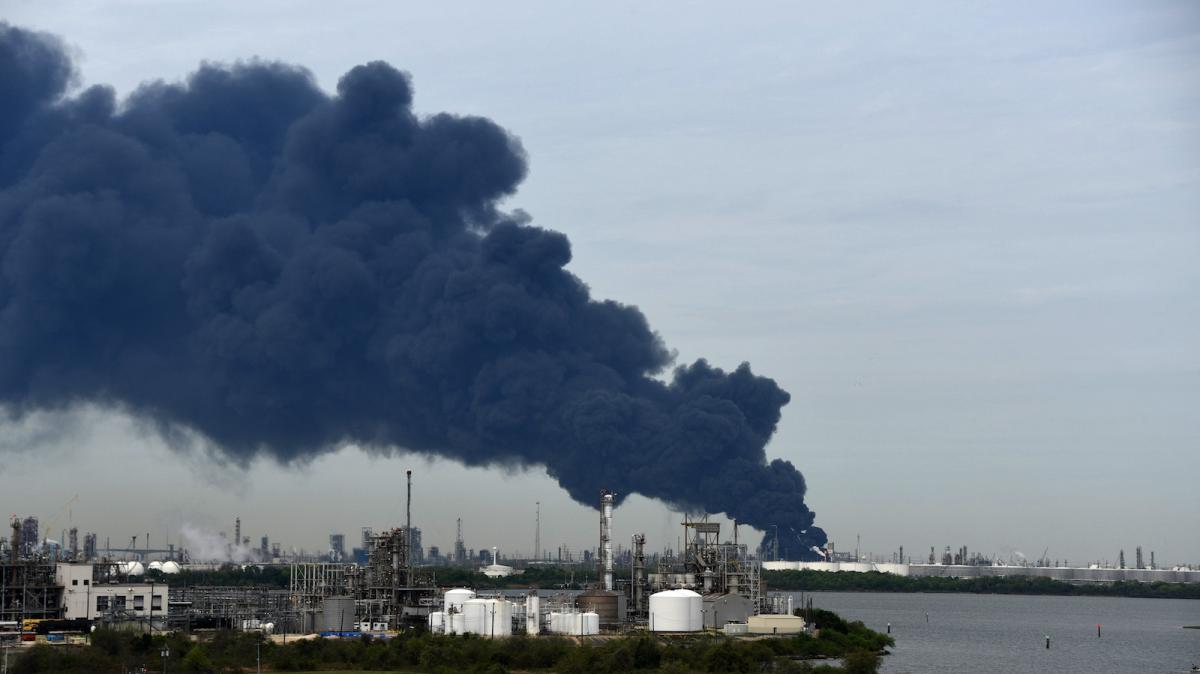On a summer night in 2023, an explosion at one of Louisiana’s biggest petrochemical complexes sent a plume of fire into the sky. More explosions followed as poison gas spewed from damaged tanks at the Dow chemical plant, triggering a shelter-in-place order for anyone within a half mile of the facility, which sprawls across more than 830 acres near Baton Rouge.
For more than a year, a little-known government agency has been investigating the incident. But the U.S. Chemical Safety and Hazard Investigation Board will likely shut down before completing its probes of the Dow explosion and other such incidents across the country. President Donald Trump’s administration has quietly proposed shutting down the board, an independent federal agency charged with uncovering the causes of large-scale chemical accidents.
Near the end of a 1,224-page budget document released with little fanfare on May 30, White House officials said shutting down the agency, commonly called the CSB, will help “move the nation toward fiscal responsibility” as the Trump administration works to “rede... Read more










